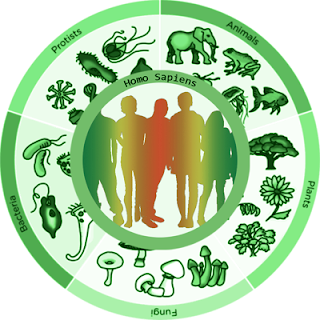

However, the power and purpose of this concept is not to say that pupil A is neurodiverse while pupil B is not.Īs Singer cautions: “Do not use neurodiversity as a scalpel for dividing ‘us’ from ‘them’.”

So, what can schools take from the concept of neurodiversity and the debates around it? As a school leader, you can foster a neurodiverse community- that is, somewhere you consciously seek to celebrate difference and its breadth across your population. The term has caused some controversy as it has evolved, however, largely for failing to value diagnosis and the nuanced descriptions of disorders, particularly in relation to autism. ADHD and autism aren’t “abnormal” conditions but merely variations of the human brain.

We are all, in fact, neurodiverse.įor pupils with learning and thinking differences, this is a huge step forward. The real impact is in how the term frames difference constructively, as a positive.

Writing in a blog post in 2019, Singer says: “Neurodiversity, for me, is the timeless and incontrovertible reality that every single living being is unique and that no two human minds (actually mind-body complexes) are the same.”īuilt into the term is the premise that, just as conserving biodiversity is necessary for a sustainable, flourishing planet, so respecting neurodiversity is necessary for a sustainable, flourishing human society. Instead she wanted to draw attention to the value of individual differences and highlight how “normal” differences in cognition and biology actually are. Singer, who is on the autism spectrum, rejected the idea that her Asperger’s constituted a disability. “Neurodiversity”, coined by sociologist Judy Singer, is one such word. Some are so powerful that they can change the world, acting as catalysts for cultural change.


 0 kommentar(er)
0 kommentar(er)
